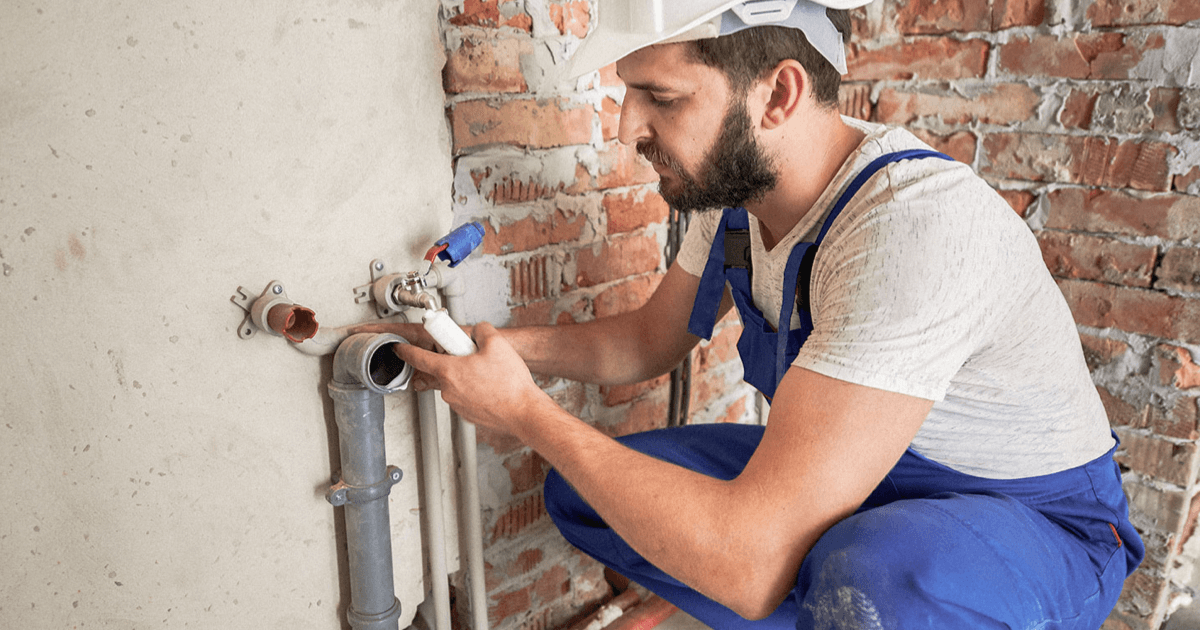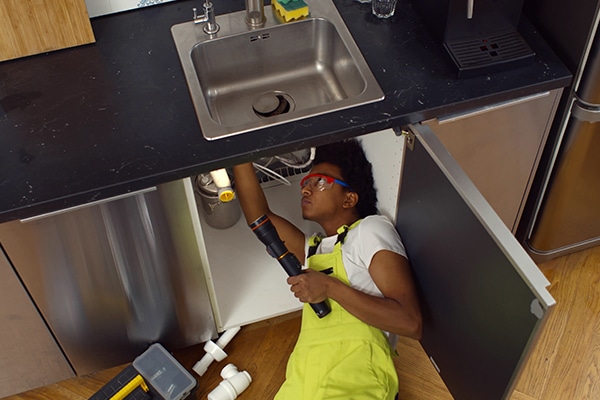Trusted Plumbing Services Alabaster AL for All Your Repair works
Trusted Plumbing Services Alabaster AL for All Your Repair works
Blog Article
A Step-by-Step Overview to Reliable Hot Water Heater Installation for Optimum Efficiency
Embarking on the job of mounting a water heater is a venture that requires precision and an organized method for accomplishing optimal efficiency. The procedure begins with the crucial decision of choosing the ideal heating system customized to the specific needs of your household, taking into consideration variables such as energy, dimension, and kind source. As soon as selected, preparing the installment location to satisfy safety criteria is extremely important. Nevertheless, the journey does not finish below. As you continue, the complexities of attaching water lines and establishing up trusted electrical or gas links await, appealing insights right into making sure performance and reliability.
Selecting the Right Hot Water Heater

Following, consider the size and capability of the water heater. It's important to examine your home's warm water demands, which can vary based upon the number of owners and their use patterns. A device that's too tiny might cause insufficient hot water, while an extra-large design could result in unnecessary power consumption.
Performance scores likewise play an essential function in option. Search for water heating systems with high Energy Aspect (EF) rankings, suggesting premium efficiency and minimized power use. Tankless designs, though usually a lot more costly in advance, deal considerable energy savings in time because of their on-demand home heating abilities.
Preparing the Installation Location
Prior to setting up a brand-new water heater, thorough preparation of the installment location is important. It's vital to gauge the room thoroughly to suit the water heating system's dimensions, ensuring ample clearance around the system for efficient procedure and servicing.
Following, remove any type of particles, dirt, or blockages from the website to create a tidy environment. Check the floor for stability, as the hot water heater will certainly need a strong, degree surface to run effectively. If necessary, mount a drip pan below the system to capture possible leakages or spills, stopping water damage to the surrounding location. In regions susceptible to seismic task, take into consideration setting up seismic straps to protect the heating unit firmly in area.
In addition, guarantee that all necessary tools and products are on hand before starting the installment. This consists of products such as wrenches, screwdrivers, a level, and any kind of additional equipment needed for mounting and protecting the heater. A well-prepared installment area sets the foundation for a successful hot water heater setup, maximizing efficiency and safety and security.
Connecting Supply Of Water Lines
When linking supply of water lines to your newly set up water heating system, it is critical to ensure that all links are secure and leak-free to keep reliable operation and protect against water damages. Begin by recognizing the cold and warm supply of water lines. The chilly water inlet is commonly noted with a visit this page blue tag or a "C", while the warm water electrical outlet is marked with a red label or an "H".
Use adaptable water heater ports to promote a less complicated setup procedure. Prior to affixing the connectors, place a plumber's tape around the threaded ends of the water heater's inlet and outlet pipes.
Once links remain in area, gradually transform on the primary water shutoff. Inspect each link for leaks by visually really feeling and inspecting for dampness. Tighten up connections as essential, and guarantee the pressure safety valve is properly set up, protecting versus excessive pressure build-up.
Setting Up Electric or Gas Connections
Correctly setting up the electric or gas connections for your hot water heater is a crucial step to make sure safe and reliable procedure. For electric water heaters, begin by confirming that the electrical circuit is suitable with the heater's voltage and amperage requirements. Guarantee the power supply is switched off at the breaker to avoid mishaps. Connect the electric wires to the heating system adhering to the maker's wiring layout. Normally, this involves attaching the ground cord to the eco-friendly terminal, and the remaining wires to their equivalent terminals, safeguarding each with cable nuts.
For gas water heaters, safety is vital. Link the gas line to the water heating unit using an adaptable gas adapter, ensuring it is properly threaded and secured with pipe joint compound or Teflon tape suitable for gas connections.
When connections are made, examine for any kind of prospective leaks. For gas lines, use a soapy water service to the joints; bubbles indicate a leak. For electrical links, verify that all electrical wiring is safe and effectively insulated, maintaining conformity with local electrical codes.
Changing and checking for Effectiveness
With the electric and gas connections firmly in area, the following action is assessing the functional performance of your water heating system. Begin by carefully transforming on the water supply and ensuring there are no leaks at any of the joints or valves.
Next, perform an extensive inspection to make certain the burner or burner are operating correctly. For electric heating systems, utilize a multimeter to confirm if the aspects are drawing the proper current. In gas models, observe the heater fire; it should be blue and steady, showing effective combustion.
Readjust the settings as required to remove inefficiencies. Consider carrying out insulation procedures, such as adding a hot water heater blanket, to additionally boost efficiency by minimizing warm loss. In addition, examine the anode pole's condition, as a worn-out pole can reduce efficiency site web and result in tank rust.
Conclusion
Effective hot water heater installment is crucial for making sure ideal efficiency and power cost savings. By choosing the suitable kind and dimension, and carefully preparing the installment location, a foundation for success More Help is established. Firmly connecting water system lines and thoroughly setting up electrical or gas connections minimize possible issues. Extensive screening for leakages and precise thermostat changes to 120 ° F enhance integrity and efficiency. Sticking to these actions advertises long-lasting performance and energy preservation in property water heating unit.

Properly setting up the electrical or gas connections for your water heating unit is a vital step to ensure secure and reliable procedure. For electrical water heating units, start by confirming that the electrical circuit is suitable with the heating system's voltage and amperage needs. Link the gas line to the water heating unit using a flexible gas connector, ensuring it is correctly threaded and secured with pipe joint compound or Teflon tape ideal for gas links.
Report this page